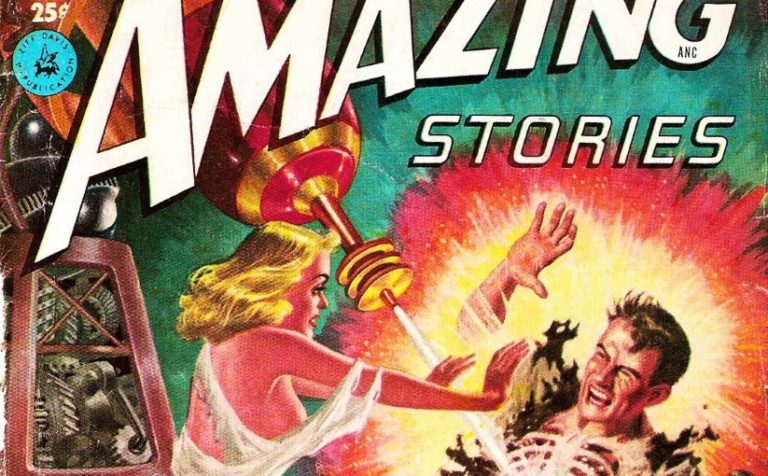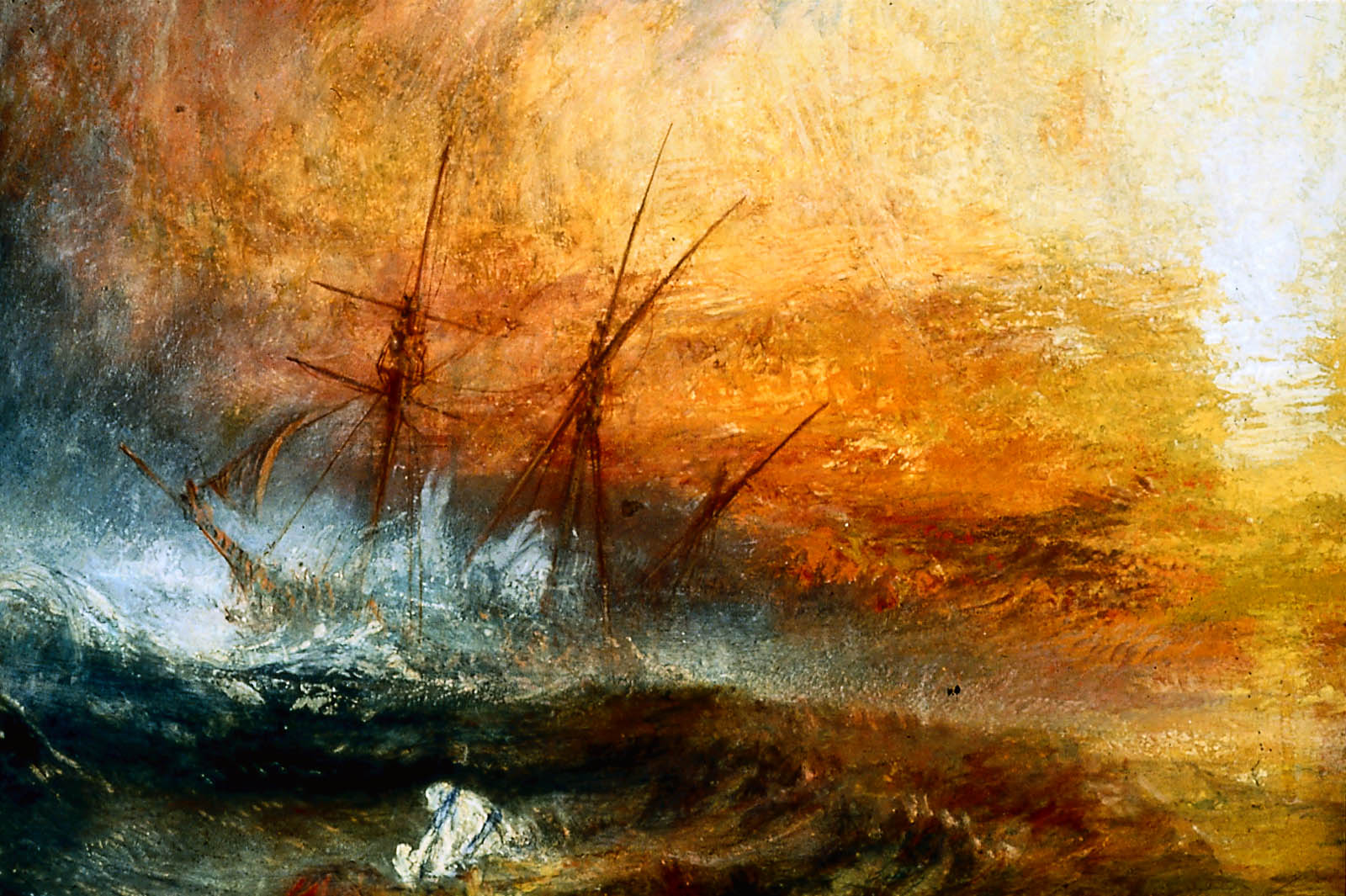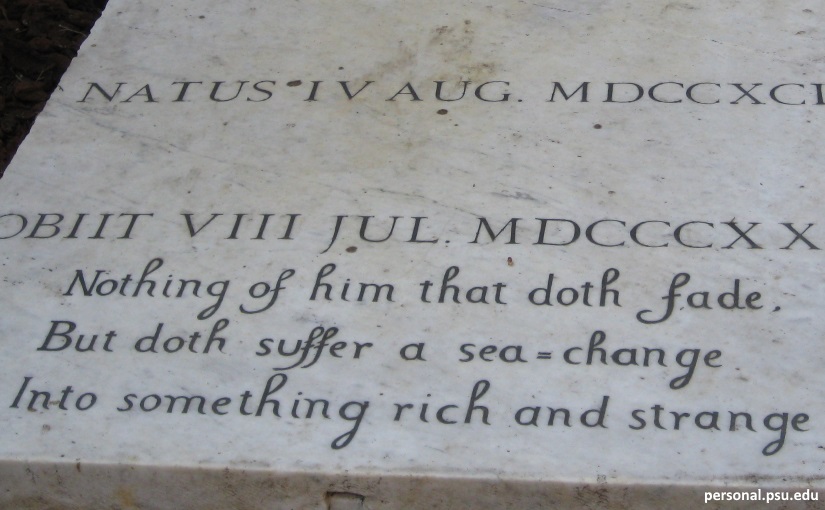House of Leaves
If the horror genre is a journey, then House* of Leaves, by Mark Z. Danielewski, is its destination.
I say this not only because it is an attempt to get at the fundament of what is horrifying, but also because the nature of the attempt is an audacious, remarkably intelligent and emotionally satisfying weaving of multiple narratives and perspectives working on many levels; straight, ironic, comic, academic and post-modern. It is astonishing.
At its heart, the novel is a pseudo-academic treatise on the events, and meaning, of ‘The Navidson Record.’
This was a film, shot as a sequence of shorts, by award-winning photo-journalist Will Navidson and his wife Karen, a former supermodel, initially of their family trying to settle down and rediscover itself after his years away shooting wars and famine. Their new house, however, seems larger on the inside than the outside. Then a new corridor appears behind a door that should lead outside, but leads instead somewhere very dark. The series of shorts were distributed among ‘those in the know’ and achieved a cult following before they were made into a release for cinemas.
The treatise is an attempt, by a man called Zampanò, to both relay the events taking place in the Navidsons’ house but also to draw on his wide and deep reading in and around the film by academics, film makers, documentaries and testimonials alike, as a way of finding an explanation or understanding of the supernatural phenomena there.
Layered over this, however, is the story of Johnny Truant, a dropout working as an assistant in a tattoo parlour, whose friend Lude shows him the apartment of the recently deceased Zampanò, and a trunk full of the papers and research he’d done on The Navidson Record.
Johnny becomes obsessed with the unfolding story and it soon starts to fray his mind. Danielewski, via a series of letters and, later on, a fragmented set of Truant’s own recollections, paints a tragic backdrop for Truant that will, alongside the trials of the Navidsons, provide us with much to think about in respect of that which haunts them all. For this reason I will disagree with some other commentators on this novel who see Truant as its weakest point. I think he is essential to Danielewski’s goal.
Not content with a multi-layered narrative, Danielewski has Truant open the novel claiming that for all its fame, no copies of the film can be found, and much of the research is invented, while much more is missing or perhaps unreliable. Zampanò, in Truant’s view, is a complex character, instantly fascinating:
“…his humour was that wry, dessicated kind soldiers whisper, all their jokes subsurface, their laughter amounting to little more than a tic at the corner of the mouth…”
It becomes clear that Danielewski has academia as one target for his barbs, but he is far cleverer and too restlessly creative for that, referencing a story early on that Truant has read, but its entry in the appendix says only that the story appears to be missing, calling into question the veracity of what is presented as an academic paper, the very form of which denotes authority. Many of the quotes from academics, right down to the highly plausible references in the footnotes of almost every page, are digs at literary theory, art theory, sociology and other fairly soft targets, the papers cited often have highly pretentious titles, while real and fictional TV, film and academic personalities are parodied either subtly or wildly.
Beyond this, the story Zampanò tells is of a dysfunctional family trying to find itself, it’s about a man and woman in love, and their love in the face of the events of the novel is powerful, moving and, sublimely for me, all these things because of what are utterly bizarre supernatural events. I’ve not read a novel before that could take as its conflict something with all the overtones of every haunted house trope and use it as a lens through which we can see a couple at the last chance saloon of their relationship looking to understand if they are meant to make it or not. The resolution is deeply satisfying, indeed, the use of the various academic texts is highly effective at offering various readings, all plausible and somehow mutually enhancing of their struggles in the context of the house itself.
The house itself.
As I mentioned at the outset, Danielewski is interested in what lies at the heart of horror, what is behind all those things that movies, books, stories and myths down the ages have made us scared of. Danielewski is self-aware enough to understand that his attempt at facing this archetype of the horrific may still be quite American, a notion he puts into the mouth of a fictional professor being interviewed by Karen Navidson about the movie:
“Quite a few Brits you know still prefer their ghosts decked in crepe and cobweb, candelabra in one hand. Your monster, however, is purely American. Edgeless for one thing, something a compendium of diverse cultures definitely requires.”
Without spoilers I cannot say too much more of what it is Danielewski aims at, but the nature of the house and its past, even its fabric, but most of all what they find as they begin exploring what lies beyond that mysterious corridor, is almost Danielewski’s argument in support of what horror really is, what lies at the heart of it.
Still unsatisfied with the many layers on which his book is working, Danielewski then plays vividly and overtly with the form of the novel, the nature of words on the page, typography and narrative structure. This is not an easy novel to read. For any horror buffs reading this it might actually also be a disappointment, ‘not at all horrifying or scary’.
What House of Leaves is goes beyond that. It is challenging and thought-provoking, holding the reader’s gaze at the horror as the nature of the house is revealed. He is issuing a challenge: “Can you imagine anything more horrifying than this?” I know what my answer is, and I doubt I could have answered it before I read this incredible book.
*In the full-colour edition of this book, every instance of the word ‘house‘ is in blue. Thought I’d keep it going (except I can’t edit the title!)






